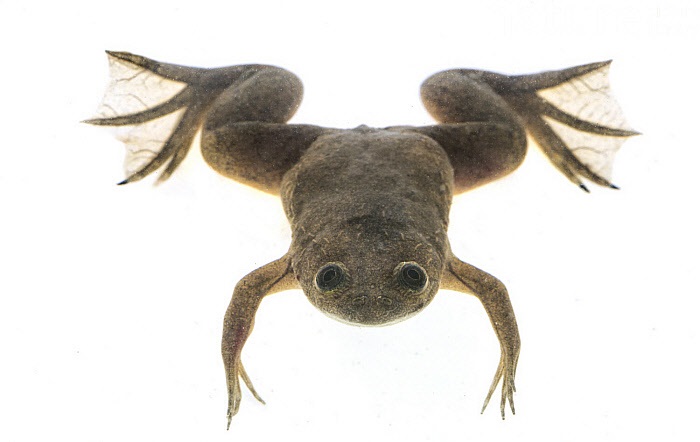Living Robots: Xenobots | 21 Jan 2020
Why in News
Scientists in the United States have created the world’s first “living robots” named “xenobots”.
- The tiny robots have been built from the cells of the African clawed frog. Scientists have repurposed living cells scraped from frog embryos and assembled them into entirely new life-forms.
- The robots have been named after the species of aquatic frog Xenopus laevis, found across sub-Saharan Africa from Nigeria and Sudan to South Africa.
- While humans have been manipulating organisms for their benefit since at least the dawn of agriculture, and genetic editing has created a few artificial organisms in recent years, the latest research is a breakthrough because it designs, for the first time ever, “completely biological machines from scratch”.
- The xenobots can move toward a target, perhaps pick up a payload (like a medicine that needs to be carried to a specific place inside a patient) — and heal themselves after being cut.
- Many useful applications of these living robots include searching out nasty compounds or radioactive contamination, gathering microplastic in the oceans, travelling in arteries to scrape out plaque, etc.
Why Xenopus Laevis?
- Xenopus is a genus of African frogs that are commonly known as the African clawed frogs.
- Two species of Xenopus are regularly used by biologists, Xenopus laevis and Xenopus tropicalis. Both species are fully aquatic, and are easy to maintain in captivity.
- Xenopus is a valuable tool because they are:
- Hardy, fully aquatic and easy to maintain in the laboratory,
- Produce eggs year-round,
- Eggs are a reliable and flexible material for research,
- Embryos are a good model for vertebrate development,
- Genetically similar to humans thus a good model for human disease
